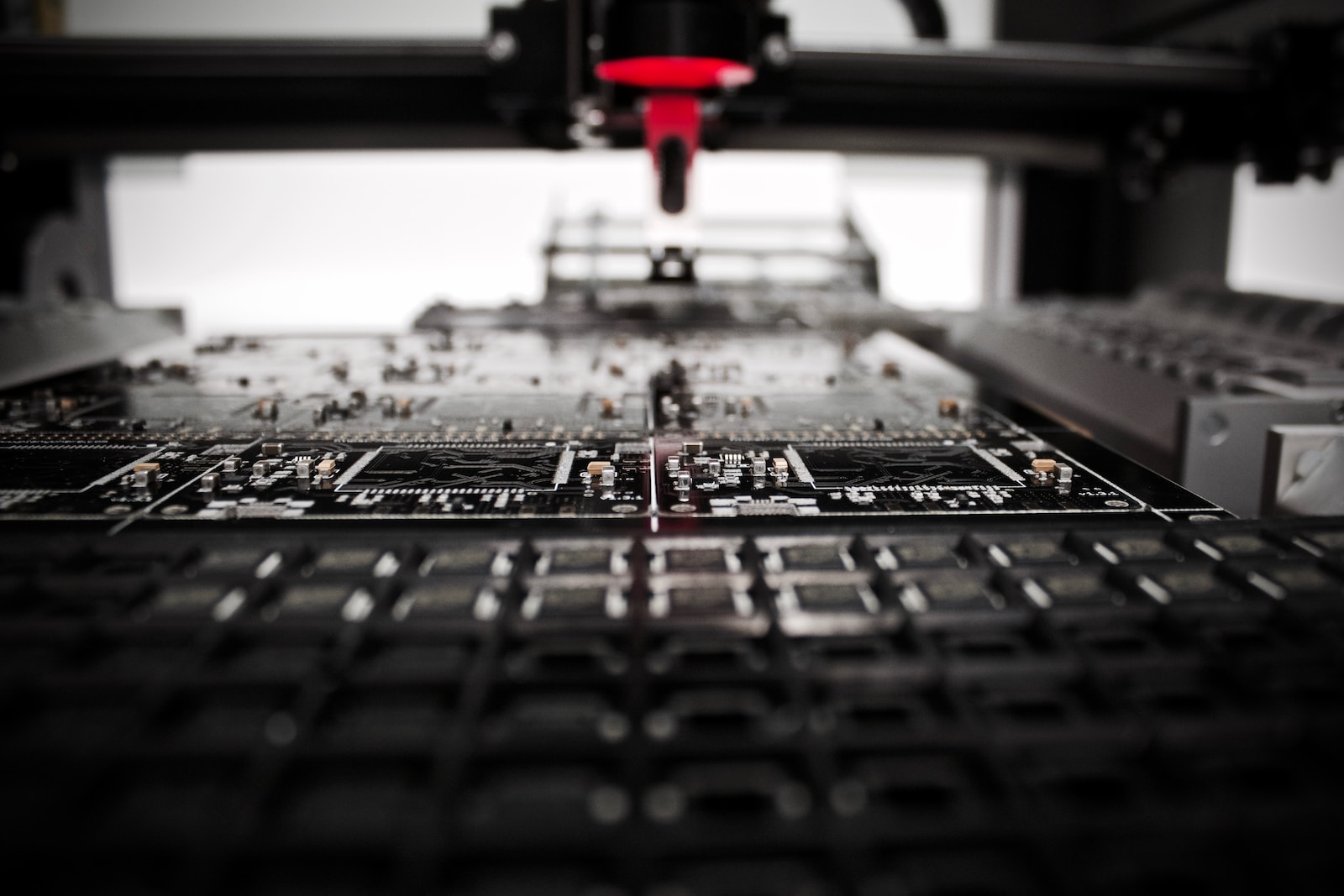
In today’s ever-evolving technological landscape, printed circuit boards (PCBs) play a critical role in powering the devices we rely on daily. From smartphones to automobiles, PCBs are the backbone of modern electronics, enabling seamless connectivity and functionality. This comprehensive guide will take you on a journey through the fascinating world of PCBs, shedding light on their importance, construction, and the cutting-edge technology driving their evolution.
1. Understanding PCBs: The Backbone of Modern Electronics
PCBs, short for Printed Circuit Boards, are the heart and soul of nearly all electronic devices. These thin, flat boards provide mechanical support and electrical connections to various electronic components, making them work in harmony. Whether it’s a simple calculator or a complex supercomputer, PCBs are responsible for ensuring smooth data flow and reliable performance.
2. PCB Design: The Art and Science of Connectivity
The design phase is crucial in creating an efficient PCB. Engineers meticulously plan the layout, strategically placing components and interconnecting them using conductive pathways. With the aid of Computer-Aided Design (CAD) software, modern PCB design has become a sophisticated combination of art and science, where factors like signal integrity, thermal management, and component placement are all carefully optimised.
3. PCB Manufacturing: From Concept to Reality
Once the PCB design is complete, the manufacturing process begins. Various techniques, such as etching, drilling, and soldering, are employed to bring the PCB design to life. Advanced manufacturing technologies ensure precise execution, resulting in high-quality boards that meet the demands of the most intricate electronic devices.
4. Single-sided, Double-sided, and Multi-layer PCBs: Unraveling the Layers
PCBs come in different configurations, each tailored to specific applications. Single-sided PCBs are the most basic and cost-effective, featuring components on one side and conductive pathways on the other. Double-sided PCBs offer more space for components, as they have pathways on both sides, allowing for more complex designs. Multi-layer PCBs, with multiple layers of conductive material sandwiched between insulating layers, cater to highly sophisticated electronics, maximising space and optimising performance.
5. PCB Components: Where Functionality Meets Innovation
A wide range of components finds their place on PCBs, from resistors and capacitors to microprocessors and memory modules. Technological advancements have led to the miniaturisation of components, empowering smaller and smarter devices. Surface Mount Technology (SMT) and Through-Hole Technology (THT) are two primary methods of attaching components to the PCB, each with its advantages and applications.
6. Advancements in PCB Technology: From IoT to Flexible PCBs
As technology continues to progress, so do PCBs. The advent of the Internet of Things (IoT) has propelled the development of IoT-specific PCBs, designed to handle sensor data and enable seamless connectivity. Moreover, flexible PCBs have emerged, offering flexibility and versatility for wearable devices and other unconventional form factors.
7. PCB Testing and Quality Assurance: Ensuring Peak Performance
To guarantee reliability and functionality, PCBs undergo rigorous testing and quality assurance procedures. Various testing methods, such as Automated Optical Inspection (AOI) and In-Circuit Testing (ICT), identify defects and ensure optimal performance. Quality control is vital, especially for applications where failure could have severe consequences.
8. Environmental Impact and PCB Recycling: Towards Sustainability
As electronic devices become obsolete, the disposal of PCBs raises environmental concerns due to hazardous components. Responsible recycling practices are vital to mitigate environmental impact and recover valuable materials, such as gold and copper, for reuse in future electronics.
Now that you’ve unravelled the wonders of PCBs and witnessed their incredible impact on the electronics world, it’s time to take your innovative ideas to the next level with Hi5 Electronics. As a leading PCB manufacturer, we pride ourselves on delivering top-notch quality and cutting-edge technology to meet your specific needs. Our expert team is ready to assist you through every step of the process, from design to manufacturing, ensuring your vision becomes a reality. Experience unparalleled performance and reliability with our state-of-the-art PCB solutions. Don’t miss out on the opportunity to elevate your projects and stay ahead in this fast-paced industry. Choose Hi5 Electronics today and unlock the power of seamless connectivity and efficiency in your electronic designs. Place your trust in us, and together, we’ll create a future powered by innovation and excellence. Contact us now to embark on a journey of success with Hi5 Electronics!